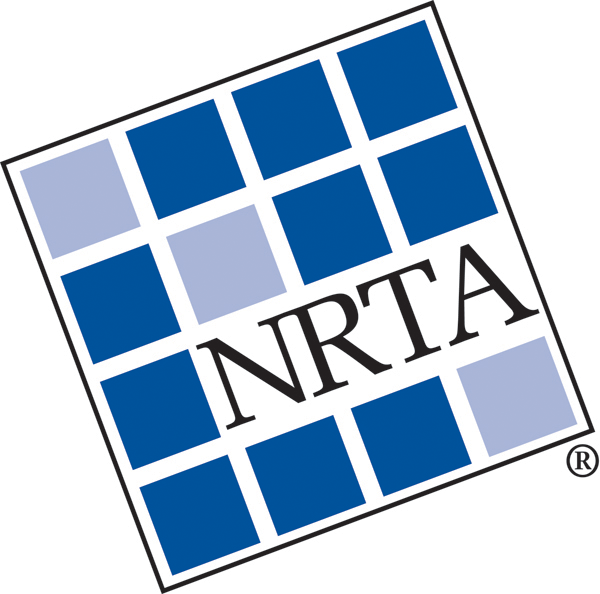It’s official: ASC 842’s implementation is here.
– Article republished courtesy of Chain Store Age.
This change has brought an estimated $3 trillion onto organizational balance sheets. Nearly every business can expect to be affected. Every contract across retail organizations will need to be analyzed — real estate leases, equipment leases, vehicle leases, and embedded contracts. Understanding what ASC 842 is and how it has changed companies’ accounting needs is fundamental to understanding how to address the challenges it poses.
The Financial Standards Accounting Board (or FASB) enacted ASC 842 to create rigorous reviews of companies’ financial health. One of its central requirements demands that companies report all leases on their balance sheets. This is no small task; dealing with more leases to report, given that operating leases cannot sit in the footnotes, and identifying which contracts have embedded leases. These two seemingly simple areas are more difficult to administer than they appear.
First, ASC 840 only required finance leases to be reported on company balance sheets. However, ASC 842 requires companies to record operating leases and financing leases. This change requires a thorough review of all current and future contracts to meet lease and lease liability reporting standards. Accounting teams and business leaders should be aware of the complexity of identifying certain items.
Second, outside of the sharp increase in leases and lease liabilities to record, is calculating your amortization schedules to build your monthly journal entries. Lease amortization is paying down a leased asset over a specified period of time. However, there are hidden problems, such as embedded leases.
Under ASC 842, there is a duty to look at each contract to determine whether it’s a lease. It is easier for someone with an accounting or legal background to appreciate this nuance. This review is challenging because the lease might not explicitly define itself as a lease, and the contract’s substance governs the analysis. Retailers must create and continue to refine programs to proactively meet their lease compliance needs and look for hidden issues.
